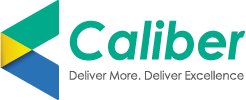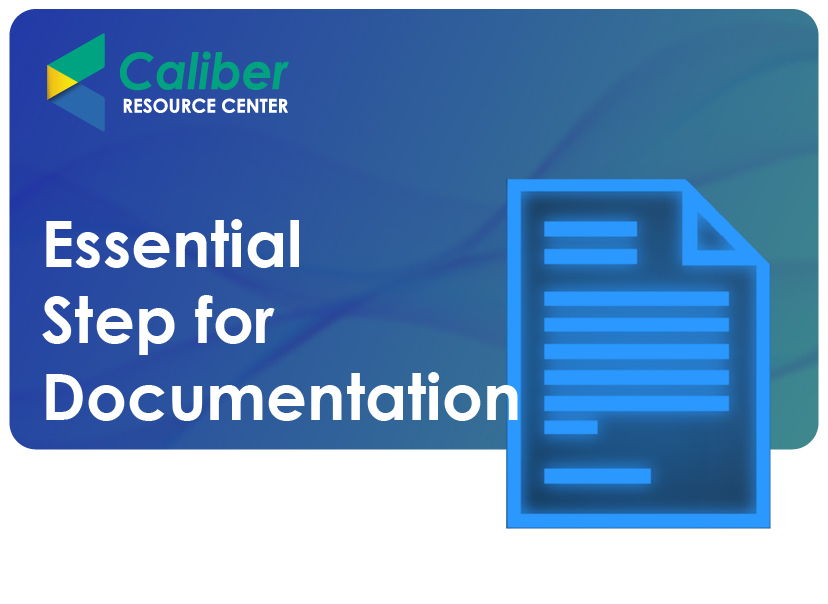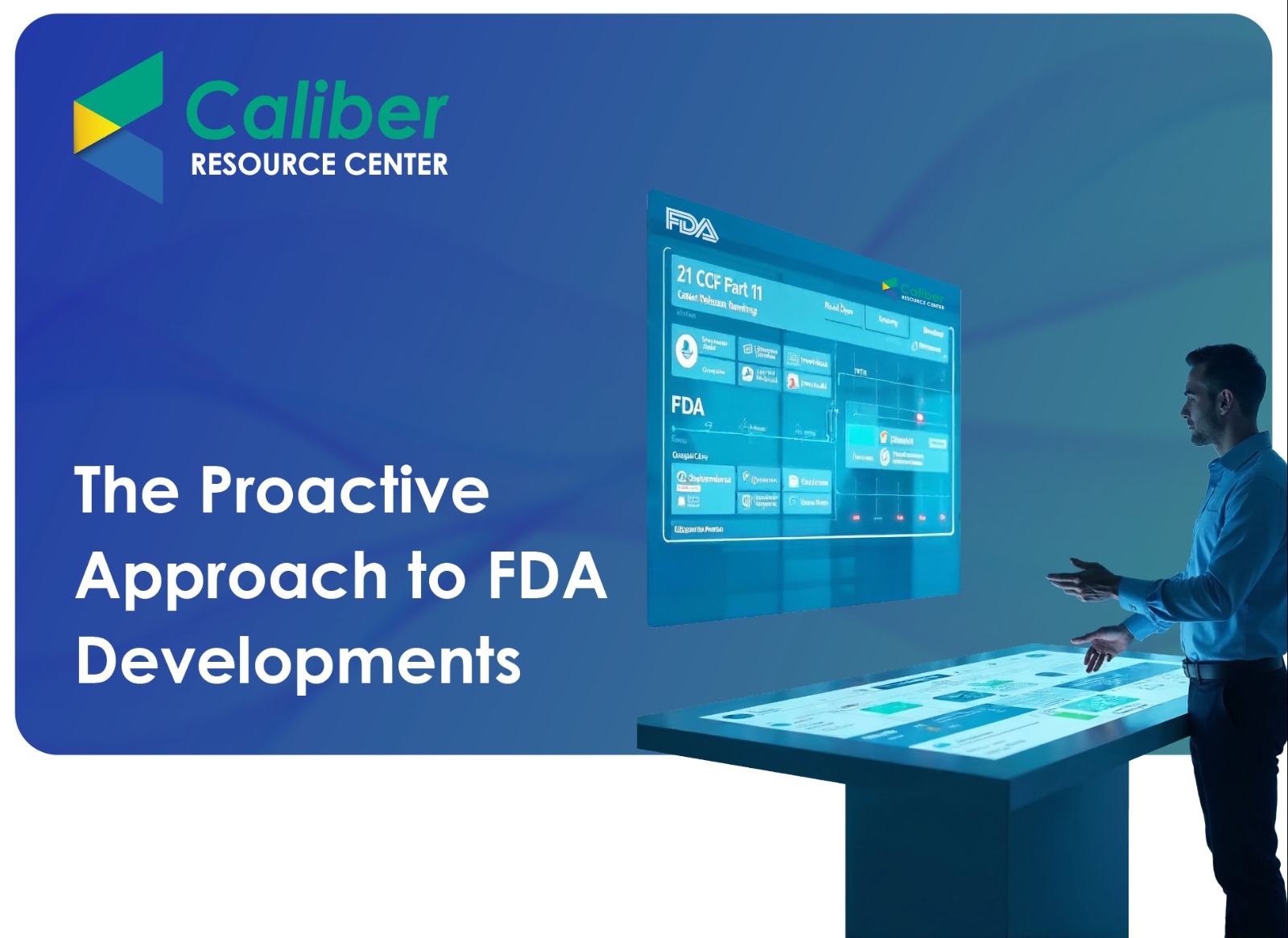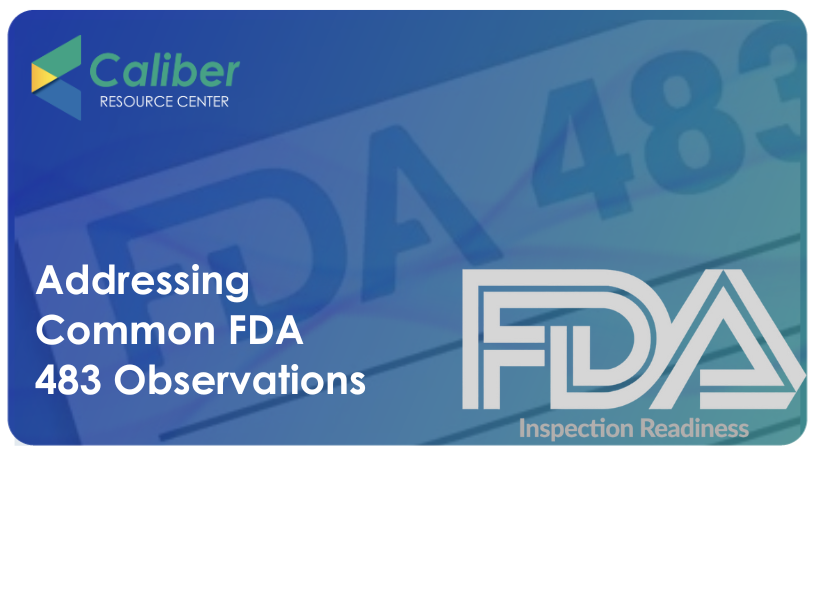What’s Inside
ToggleDocumentation in the pharmaceutical industry documentation is an integral part of Pharma Good Manufacturing Practices (GMP). Good documentation strengthens the quality and consistency of production and process, mitigating the risk of misinterpretation and/or error in communication.
Food and Drug Administration (FDA) and other regulatory authorities require companies to properly maintain documents like Complete Batch Production and Control Records. Regulatory authorities are interested in the appropriateness of controls over computer or related systems.
Challenges with Manual Documentation
Good Documentation comes with many challenges. Specifically, the regulatory authorities require that companies are on top of their documentation process. Any deviations or errors will directly lead a company to receive a 483. A few of the challenges are listed below:
- Only authorized personnel should make changes in master production, control records, and other records
- Current versions of the document must be made effective & old documents should be obsolete to avoid confusion
- Reviewer and approver cycles are tedious and time-consuming as the documents must be thoroughly checked for errors
- Reviewers and approvers must sign on each and every document for release
- This delays the release of the document and thereby missing deadlines, as spotting such delays and escalating it to the next level is difficult in a manual documentation process
- Every document must have an audit trail, keeping a track of all documentation is time-consuming and person dependent
- Numerous documents that are made effective require a proper document management system.
There is a solution!
Improper documentation can cost companies their reputation. One way to address this is to take elaborate steps to make sure that all documentation is error-free by training staff to make no errors in the documentation to begin with. Upon this, documents must be thoroughly verified for errors and manipulations. All these verified documents must then be correctly made effective, making older versions appropriately obsolete. These verified and effective documents must be stored in a place that is not open to any physical risks like theft or fire. After satisfying all these requirements, documents must be made available for physical review as and when demanded by an audit personnel.
Or, there is a simpler way to fix this! Automate your documentation process.
- Firstly, an automated Document Management System (DMS) will minimize errors due to oral or casually written communication. Data manipulation will be to a minimum as automated systems allow for transparency.
- Review will also be quicker and easier as an automated process will have the ability to spot delays and manage escalations quickly and efficiently.
- If a document remains pending for review by a manager, the time-consuming part can be escalated to the next person to allocate reviewing work to another person. This helps in preventing any unnecessary delays in the approval of documents.
- It will allow the tracing of historical data (audit trails) of all the batches. This will eventually lead to the enhancement of the quality of the product.
- A good Document Management System ensures audit trails. Changes made will be highlighted along with time stamps – this will considerably reduce the reviewer’s time and help to perform the review as per regulatory norms.
- The automated system also has the provision of a digital signature as per 21CFR Part 11. It will print the time, date, and signatures on every sheet.
- Retrieval of documents is significantly faster. Any document required for review or audit can be quickly opened and audited.
The industry is moving towards a paperless working atmosphere. And this is for good reason! The benefits of automating key processes are innumerable. Document management system like Docs-IQ will help your company go through the transition phase effectively and effortlessly.






